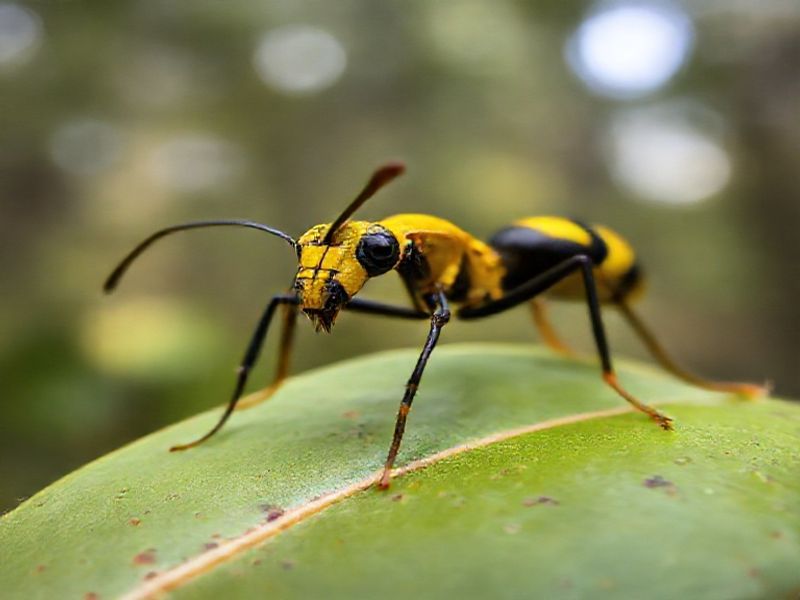Tasmania’s Jackjumpers: The Ants That Stole the Internet’s Spotlight
# **Tasmania’s Jackjumpers: When Ants Invade, the Internet Loses Its Mind**
If you’ve been online recently, you might have stumbled upon a peculiar trend: Tasmania’s jackjumpers. No, we’re not talking about a new dance craze or a viral TikTok challenge. We’re talking about ants—tiny, terrifying, and now, internet-famous ants. But why are these little critters suddenly the talk of the town? Let’s dive in.
### **The Buzz About Jackjumpers**
Tasmania’s jackjumpers, scientifically known as *Myrmecia pyriformis*, are a species of aggressive ants native to Australia. They’re called “jackjumpers” because, well, they jump. And not in a cute, bouncy way—more like a “holy-crap-that-ant-just-attacked-me” way. These ants are known for their painful stings, which can cause allergic reactions in some people. In fact, they’re considered one of the most venomous ants in the world.
So, why are they trending now? It turns out that climate change is pushing these ants further south into Tasmania, where they’re encountering humans more frequently. And when humans encounter something weird, scary, or just plain fascinating, the internet can’t help but lose its mind.
### **Cultural Context: Ants in the Spotlight**
The internet has a long history of turning obscure topics into global sensations. Remember the “dress” debate? Or the “Laurel or Yanny” audio clip? These trends thrive on a mix of curiosity, humor, and a dash of absurdity. Jackjumpers fit right into this mold.
The ants’ aggressive nature and unusual behavior make them perfect fodder for memes and viral content. Social media users have been sharing videos and photos of jackjumpers, often with captions like “This ant just tried to start a war” or “Tasmania’s new residents are here to ruin your day.” The internet’s love for anthropomorphizing animals has turned these ants into tiny, terrifying villains.
### **Social Impact: Fear, Laughter, and Awareness**
The jackjumper trend has had a few notable effects. First, it’s raised awareness about the impact of climate change on local ecosystems. As temperatures rise, species like the jackjumper are expanding their ranges, which can disrupt local biodiversity and pose risks to humans.
Second, the trend has sparked a wave of humor and creativity. Memes, parody videos, and even art featuring jackjumpers have flooded social media, turning a potentially scary topic into something entertaining. It’s a classic example of how the internet turns fear into laughter.
Finally, the trend has highlighted the importance of understanding and respecting wildlife. While jackjumpers are aggressive, they’re also a vital part of their ecosystem. The internet’s fascination with them has led to more discussions about conservation and coexistence.
### **Why This Topic Matters**
So, why should you care about a bunch of ants? Because trends like this one reflect broader cultural and environmental issues. The jackjumper trend is a microcosm of how the internet reacts to change, how humor can soften fear, and how climate change is reshaping our world in unexpected ways.
It’s also a reminder that even the smallest creatures can make a big impact. Whether it’s through memes, scientific research, or just sheer curiosity, jackjumpers have captured the internet’s attention—and they’re not letting go anytime soon.
### **Conclusion**
Tasmania’s jackjumpers are more than just a viral trend; they’re a symbol of the internet’s ability to turn the mundane into the extraordinary. From climate change to memes, these ants have sparked conversations that matter. So, the next time you see a jackjumper meme, remember: it’s not just about the ant. It’s about the world we live in and the ways we choose to talk about it.







